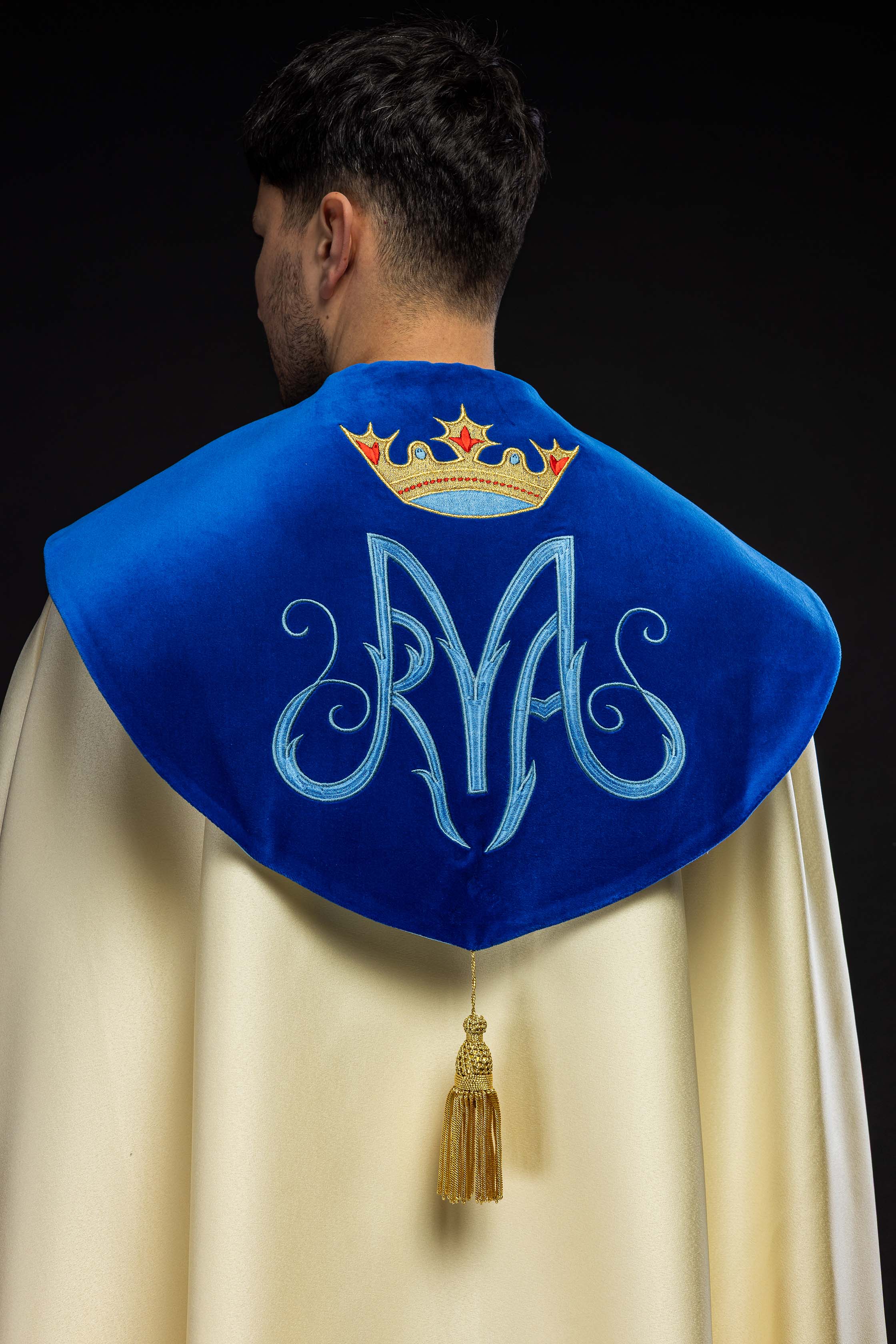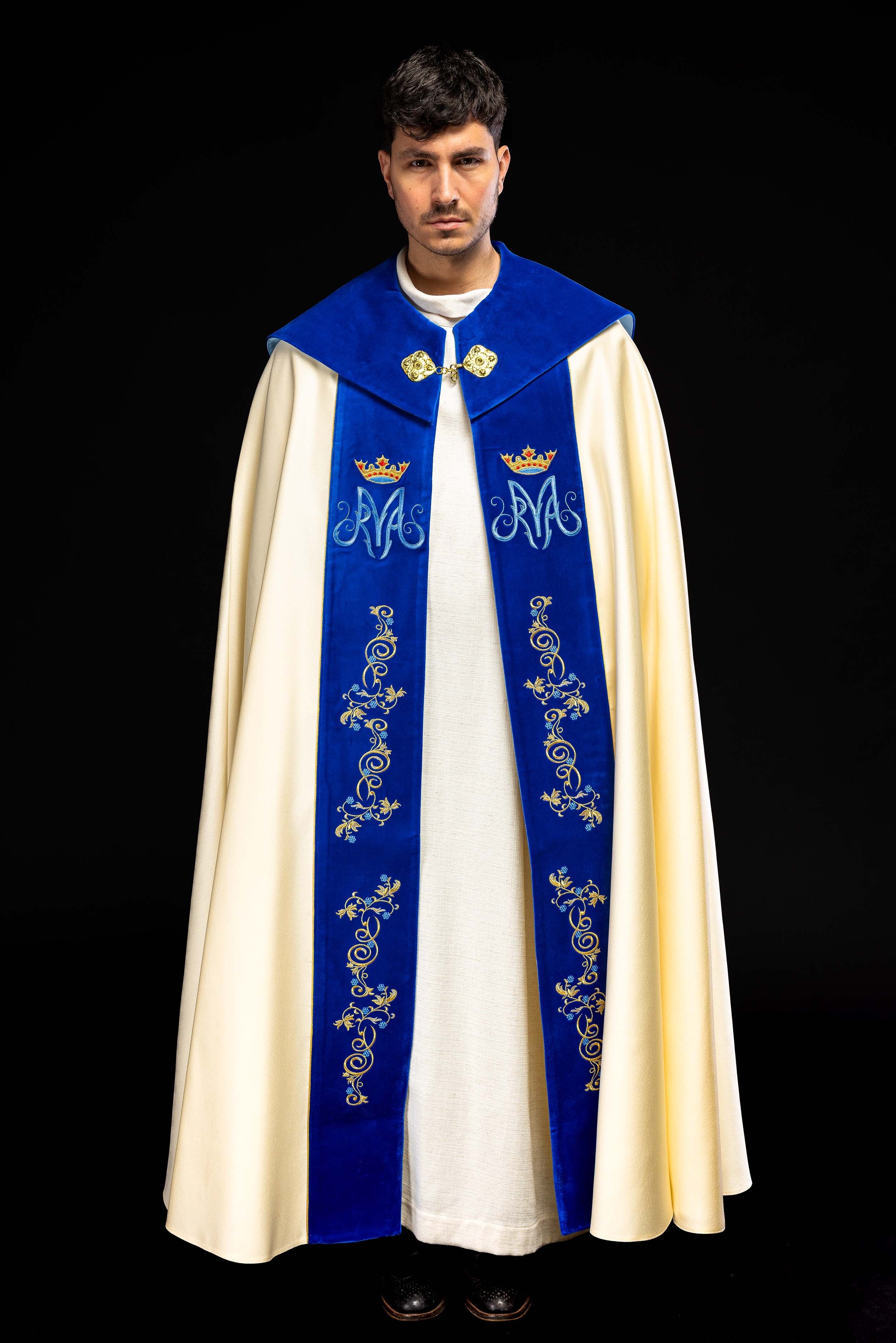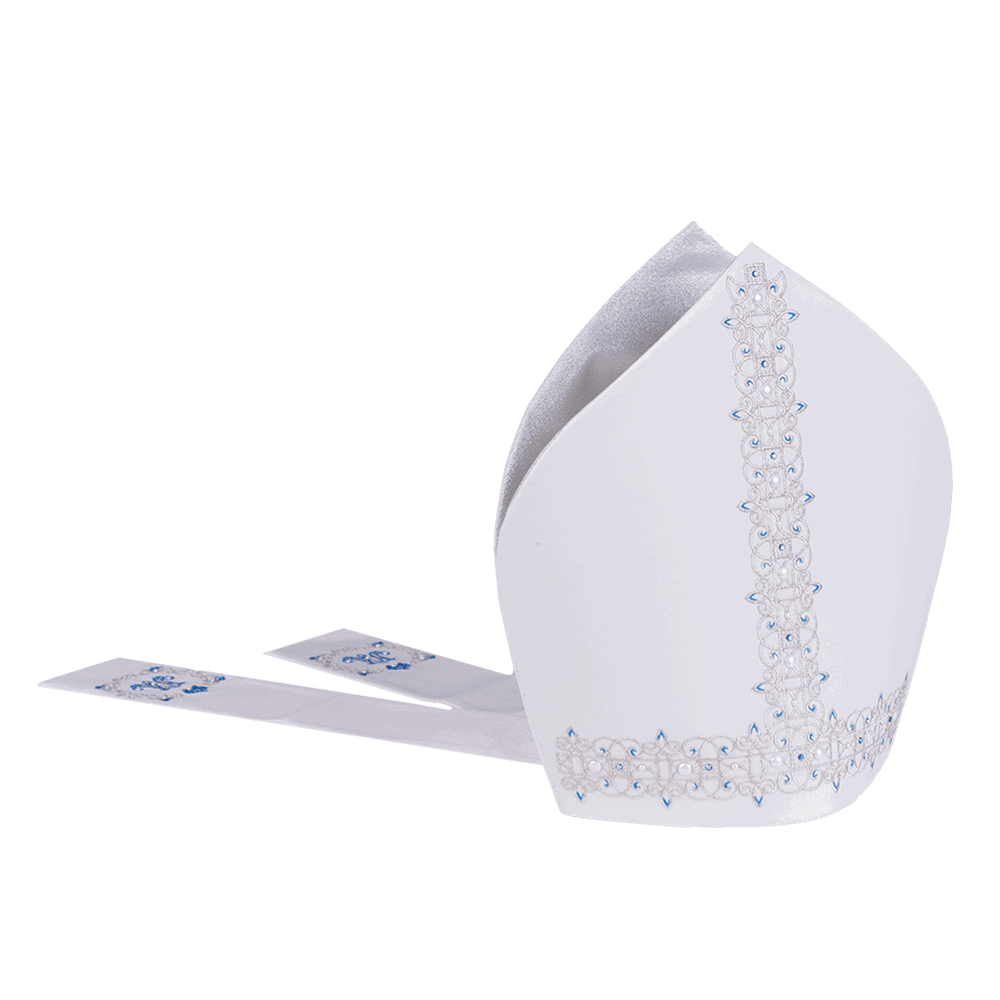Blessed Virgin Mary Vestments: Honoring the Mother of God
Understanding the Significance of Mary in Liturgical Vestments
The Blessed Virgin Mary holds a revered place in Christian tradition, particularly within the Catholic Church, where she is seen as the Mother of God and a symbol of purity, grace, and devotion. Her significance is reflected in various aspects of religious practice, including the liturgical vestments worn during Mass and other sacred ceremonies. These vestments, often adorned with Marian symbols and colors, serve to honor Mary and invoke her intercession.
Historical Context of Marian Devotion
Devotion to Mary dates back to the early centuries of Christianity, with the title Theotokos (God-bearer) officially recognized at the Council of Ephesus in 431 AD. Over time, Marian piety grew, leading to the development of specific liturgical feasts, prayers, and artistic representations. Vestments dedicated to Mary emerged as a visual expression of this deep-seated veneration, providing a tangible link between the earthly and the divine.
Key Elements of Blessed Virgin Mary Vestments
Marian vestments are characterized by specific colors, symbols, and designs that convey the virtues and attributes associated with the Blessed Virgin Mary. These elements are carefully chosen to create a reverent and visually compelling representation of Mary's role in salvation history.
Colors Associated with Mary
The primary color associated with Mary is blue, symbolizing her purity, hope, and heavenly nature. Different shades of blue, such as Marian blue or royal blue, may be used depending on the liturgical season and the specific Marian feast being celebrated. White, representing purity and innocence, is also commonly used in Marian vestments, often in combination with blue or gold accents.
Marian Symbols and Imagery
Vestments dedicated to Mary often feature a variety of symbols and images that evoke her presence and virtues. Some of the most common symbols include:
-
The Star of David: Representing Mary as the Morning Star who heralds the coming of Christ.
-
The Lily: Symbolizing Mary's purity and innocence.
-
The Rose: Representing Mary as the Mystical Rose, a symbol of divine love and beauty.
-
The Crown: Symbolizing Mary as the Queen of Heaven and Earth.
-
The M Monogram: Representing Mary's name, often intertwined with other symbols.
In addition to these symbols, Marian vestments may also depict scenes from Mary's life, such as the Annunciation, the Visitation, or the Assumption. These images serve to remind the faithful of Mary's pivotal role in the life of Christ and the history of salvation.
Types of Vestments Used in Marian Celebrations
Several types of liturgical vestments are commonly used in celebrations dedicated to the Blessed Virgin Mary. These include:
Marian Chasubles
The chasuble is the outermost vestment worn by the priest during Mass. Marian chasubles are typically blue or white and may be adorned with Marian symbols, images, or embroidery. The design of the chasuble often reflects the specific Marian feast being celebrated, such as the Immaculate Conception or the Assumption.
Marian Stoles
The stole is a long, narrow band of fabric worn around the neck by priests and deacons. Marian stoles are often blue or white and may feature Marian symbols or embroidery. The stole is a symbol of the priest's or deacon's authority and responsibility to preach the Gospel and administer the sacraments.
Marian Albs
The alb is a white, ankle-length vestment worn by priests, deacons, and other liturgical ministers. While albs are typically plain white, they may be adorned with Marian symbols or embroidery when used in Marian celebrations. The alb symbolizes purity and is a reminder of the baptismal garment worn by Christians.
Marian Dalmatics
The dalmatic is a wide-sleeved vestment worn by deacons during Mass. Marian dalmatics are often blue or white and may be adorned with Marian symbols or embroidery. The dalmatic is a symbol of the deacon's role as a servant of the Church.
The Liturgical Calendar and Marian Feasts
The liturgical calendar includes several feasts dedicated to the Blessed Virgin Mary, each with its own unique significance and traditions. These feasts provide opportunities to honor Mary and reflect on her role in salvation history.
The Immaculate Conception (December 8)
This feast celebrates the belief that Mary was conceived without original sin, making her a pure and worthy vessel for the Son of God. Vestments for this feast are typically white, symbolizing Mary's purity and innocence.
The Annunciation (March 25)
This feast commemorates the angel Gabriel's visit to Mary, announcing that she would conceive and bear the Son of God. Vestments for this feast are often white or blue, representing Mary's acceptance of God's will and her role as the Mother of Jesus.
The Assumption (August 15)
This feast celebrates the belief that Mary was taken body and soul into heaven at the end of her earthly life. Vestments for this feast are typically white or gold, symbolizing Mary's glory and her place in heaven.
Other Marian Feasts
In addition to these major feasts, the liturgical calendar includes several other Marian feasts, such as the Feast of Our Lady of Lourdes (February 11), the Feast of the Queenship of Mary (August 22), and the Feast of Our Lady of the Rosary (October 7). Each of these feasts offers a unique opportunity to honor Mary and reflect on her virtues and example.
Choosing the Right Vestments for Marian Celebrations
Selecting the appropriate vestments for Marian celebrations involves considering several factors, including the liturgical season, the specific Marian feast being celebrated, and the overall aesthetic of the church. It is important to choose vestments that are both beautiful and reverent, reflecting the dignity and importance of the occasion.
Considerations for Color and Symbolism
When choosing Marian vestments, it is important to consider the colors and symbols that are most appropriate for the specific feast being celebrated. Blue is generally a safe choice, as it is the color most commonly associated with Mary. However, white or gold may be more appropriate for certain feasts, such as the Immaculate Conception or the Assumption. The symbols and images used on the vestments should also be chosen carefully, ensuring that they are both meaningful and aesthetically pleasing.
Quality and Craftsmanship
The quality and craftsmanship of Marian vestments are also important considerations. Vestments made from high-quality fabrics and adorned with skilled embroidery will not only look more beautiful but will also last longer. Investing in well-made vestments is a way of honoring Mary and ensuring that the liturgical celebrations are conducted with dignity and reverence.
Custom Marian Vestments
For those seeking a more personalized touch, custom Marian vestments can be created to reflect the unique traditions and preferences of a particular church or community. Custom vestments can be designed with specific Marian symbols, images, or embroidery, creating a truly one-of-a-kind expression of devotion to the Blessed Virgin Mary.
Caring for and Maintaining Marian Vestments
Proper care and maintenance are essential for preserving the beauty and longevity of Marian vestments. Following these guidelines will help ensure that these sacred garments remain in good condition for years to come.
Cleaning and Storage
Marian vestments should be cleaned regularly, following the manufacturer's instructions. Depending on the fabric and embellishments, vestments may need to be dry-cleaned or hand-washed. When not in use, vestments should be stored in a clean, dry place, away from direct sunlight and moisture. Using garment bags can help protect vestments from dust and pests.
Repairing and Restoring
Over time, Marian vestments may require repair or restoration. Tears, stains, or damaged embroidery should be addressed promptly to prevent further deterioration. Skilled seamstresses and embroiderers can often repair or restore vestments to their original beauty, ensuring that they continue to be used in liturgical celebrations for years to come.
Conclusion: Honoring Mary Through Sacred Vestments
Blessed Virgin Mary vestments play a vital role in honoring the Mother of God and enhancing the beauty and reverence of liturgical celebrations. By understanding the significance of Marian symbols, colors, and designs, and by choosing vestments with care and attention to detail, we can create a visual expression of our devotion to Mary and her role in salvation history. Whether you are a priest, deacon, or member of the laity, investing in high-quality Marian vestments is a way of expressing your love for Mary and contributing to the sacredness of liturgical worship.
































